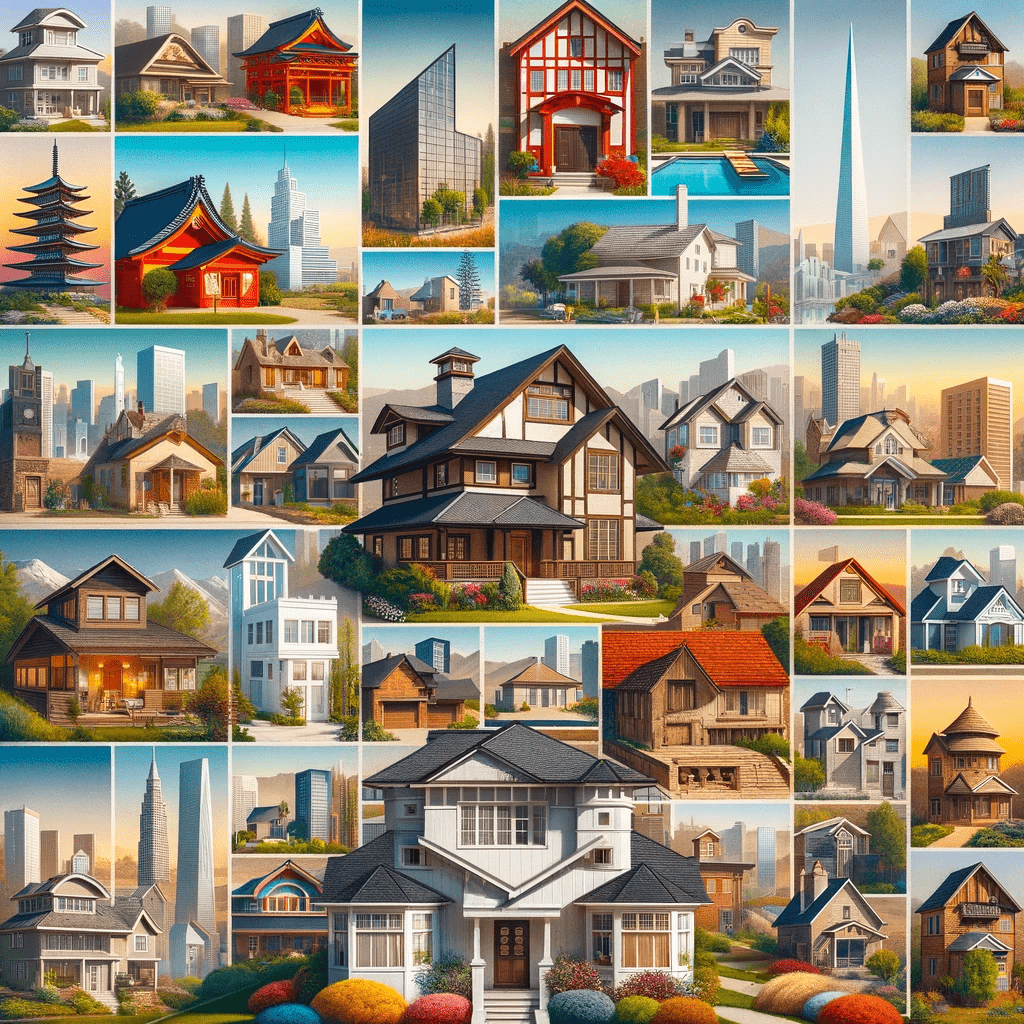all homes
All Homes are more than just brick and mortar; they are the epicenters of our lives, where we find comfort, security, and a sense of belonging. In a world as diverse as ours, homes come in various forms, reflecting the rich tapestry of human culture, history, and individual preferences. In this article, we will delve into the fascinating world of “all homes,” exploring the myriad types of dwellings that people call home, and the unique stories they tell.
Diversity in Dwellings
The concept of home is universal, but the way we define it varies greatly across the globe. From rural villages to bustling cities, and from ancient traditions to modern innovations, there’s an astonishing array of home styles. Let’s explore some of them.
Traditional Houses
Traditional houses, often passed down through generations, are the bedrock of many cultures. Examples include the charming cottages of the English countryside, the adobe dwellings of the American Southwest, and the wooden stilt houses of Southeast Asia. These homes embody cultural heritage and time-tested building techniques.
Urban Apartments
In densely populated urban areas, apartment living is the norm. Skyscrapers stretch toward the sky, housing thousands of residents in small but efficient living spaces. From New York City’s iconic brownstones to Tokyo’s high-rise apartments, these homes are hubs of modern city life.
Suburban Residences
Suburban homes provide a middle ground between urban and rural living. With more space and privacy than apartments, they often feature yards, garages, and a sense of community. The classic American suburb, with its picket fences and manicured lawns, is a prime example.
Nomadic Dwellings
Nomadic societies have unique homes designed for mobility. Yurts of the Mongolian steppes, Bedouin tents in the Arabian desert, and Inuit igloos in the Arctic exemplify this adaptability. These homes are crafted to withstand harsh environments and are often works of art in their own right.
Treehouses
Treehouses represent a whimsical take on home design, perched high above the ground amid the branches of towering trees. Often built by adventurous individuals or parents seeking a magical hideaway for their children, these homes showcase creativity and a connection to nature.
Tiny Houses
The tiny house movement champions minimalist living in compact, well-designed spaces. These homes, often on wheels for mobility, emphasize simplicity and sustainability. They appeal to those seeking to downsize and reduce their environmental footprint.
Houseboats
For those who yearn for a waterfront lifestyle, houseboats are the answer. Floating homes can be found in various forms worldwide, such as Amsterdam’s canal houseboats and the houseboats of Kerala’s backwaters. They allow residents to embrace water as an integral part of their lives.
Earthships
Earthships are eco-friendly homes that utilize sustainable materials and renewable energy sources. They often incorporate recycled materials and natural elements to create off-grid living environments. Earthship communities have sprung up in diverse locations, promoting self-sufficiency and environmental consciousness.
Modern Architectural Marvels
Cutting-edge architects and designers push the boundaries of what a home can be. The futuristic designs of “smart homes,” sustainable skyscrapers, and ultra-modern villas redefine luxury living. These homes not only cater to the physical needs of
Homesteading Cabins
In remote and wild landscapes, homesteading cabins are places of self-sufficiency and rugged individualism. They symbolize the pursuit of a simpler, back-to-basics lifestyle, far removed from the trappings of modern society.
Each of these dwelling types reflects not only the architectural ingenuity of humanity but also the unique needs, values, and aspirations of the people who inhabit them. They are the tangible expressions of culture, history, and individuality.
The Emotional Heart of All Homes
Beyond the bricks and beams, homes hold a deeper significance. They are the stages where the dramas of life unfold, where families are nurtured, and where memories are forged. Whether it’s a cozy hearth, a bustling kitchen, or a tranquil garden, the emotional heart of a home transcends its physical structure.
Shelter and Security
Homes provide a sanctuary from the outside world, shielding us from the elements and offering a sense of security. This basic human need for shelter is a fundamental aspect of all homes, whether it’s a cave, a thatched hut, or a modern skyscraper.
Family and Community
Homes serve as the gathering place for families and communities. They are where parents raise their children, where friends come together for celebrations, and where neighbors build connections. The dynamics of family and community life are intimately tied to the spaces we inhabit.
Self-Expression
Our homes are a canvas for self-expression. The colors we choose, the decorations we display, and the layout we design reflect our personalities and tastes. This aspect of all homes showcases the individuality of their inhabitants.
Heritage and Tradition
Many homes are steeped in heritage and tradition. They bear the marks of generations past, from architectural styles to heirloom furniture. These homes connect us to our roots and remind us of our history.
Growth and Transformation
Homes witness the journey of life. They are where children grow into adults, where dreams are pursued, and where personal transformations occur. The evolving nature of all homes mirrors the evolution of the people within them.
Conclusion
all homes, regardless of their form or location, share a common thread: they are the places where our lives unfold. They are the repositories of our memories, the witnesses to our joys and sorrows, and the canvas upon which we paint the story of our existence. From the humblest cottages to the grandest mansions, homes are the essence of human habitation.
In exploring the diverse array of dwellings that people call home, we gain a deeper appreciation for the rich tapestry of human experience. Homes are not just structures; they are the embodiment of culture, history, and individuality. They are the physical and emotional anchors of our lives, offering us shelter, connection, and a sense of belonging in this vast and diverse world we call home.






